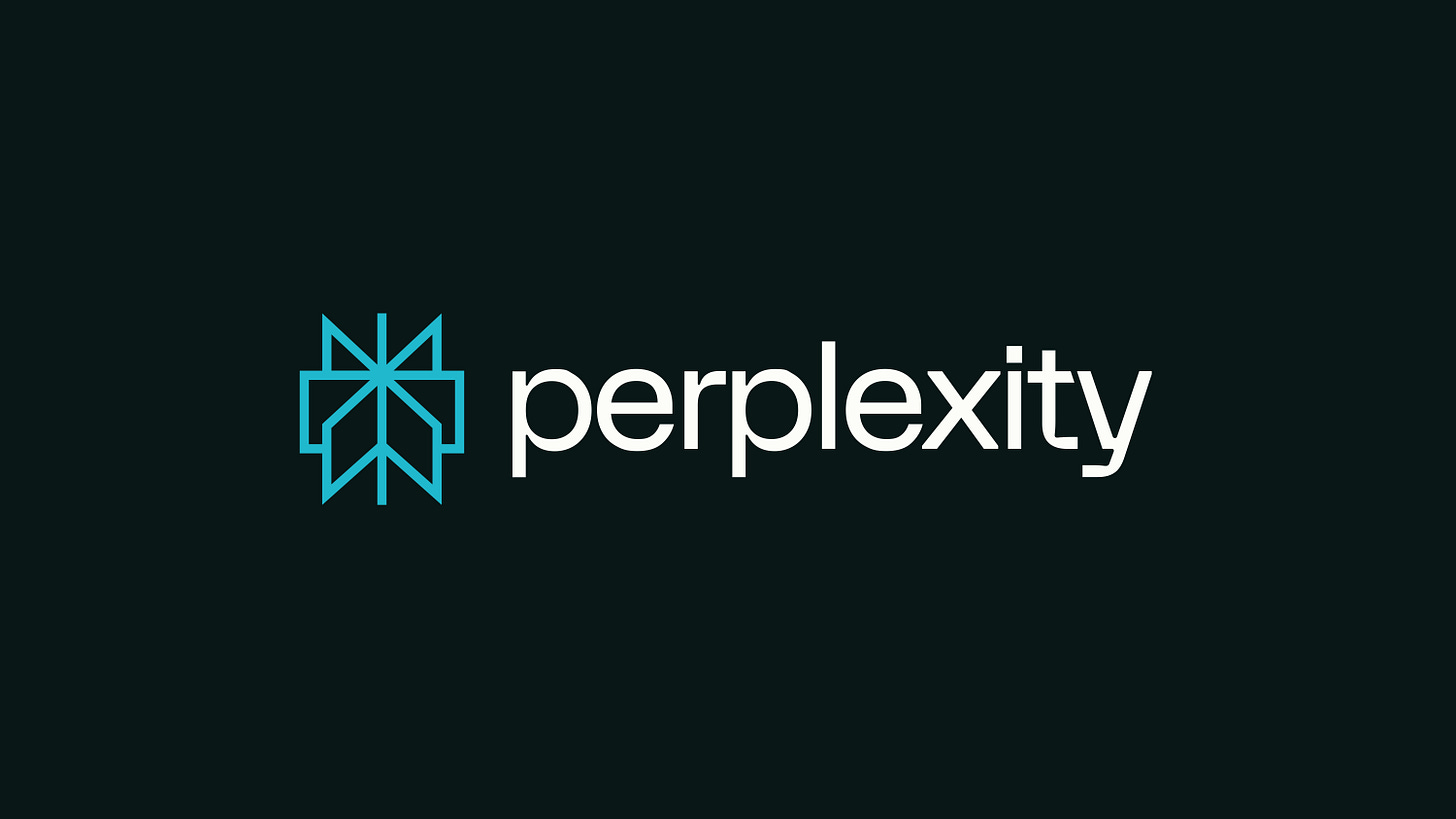Perplexity Announces Europe’s Sovereign AI, Sponsored by Team America
A closer look reveals a familiar dependence on the very superpower Europe wants to escape.

There’s a powerful new term gaining currency in the global AI race: “digital sovereignty.” It’s an appealing concept, promising a future where technology reflects local cultures and values rather than a single, dominant worldview.
This week, answer engine start-up Perplexity made its big move in this arena, announcing it will integrate “sovereign European AI models” to serve its users.
On the surface, this is exactly the kind of development we should be championing. Perplexity says these models are “purpose-built to understand the nuances of European language, cultural contexts, and local knowledge that global models often miss.”
It’s presented as a triumph for diversity and a step towards ensuring AI serves the rich tapestry of European culture, which spans 24 official languages.
It’s the latest chapter in the Silicon Valley Book of Fairytales, right alongside Sam Altman’s “gentle singularity” and Demis Hassabis’s AI-cured selfishness. And just like those narratives, it’s our job to look past the slick marketing and ask the awkward questions.
Starting with this one:
What does “sovereignty” truly mean when the foundations of your sovereign house are designed, optimised, and powered by a foreign superpower?
The allure of sovereignty
Let’s be clear. The push for digital sovereignty here in Europe is not just a trend. It’s a geopolitical and cultural necessity born from years of playing the supporting cast in a play dominated by American tech giants.
Foundational legislation like GDPR was our attempt to grab the script back.
The idea of “sovereign AI”, i.e. creating models that are not just located in Europe but are intrinsically European in their understanding, is the next logical scene.
Perplexity promises exactly this.
Their announcement mentions models offering “insights grounded in authentic European perspectives.” It’s positioned as a cultural upgrade that ensures when a user asks about French literature or German engineering, they get an answer that gets it.
Who could possibly argue with such a laudable and important goal? On paper, it’s perfect. It’s also the perfect sales pitch for a continent desperate for digital independence.
But what happens when we look at the small print?
Our Sovereign AI, Sponsored by Team NVIDIA
So, we have a noble quest for a culturally-aware European AI. The only problem?
The engine, the toolkit, and the instruction manual are all being shipped in from California.
As you read deeper into Perplexity’s announcement, one name appears more than any European country: NVIDIA. We are told these sovereign models are “optimised with NVIDIA Nemotron techniques” deployed as “NVIDIA NIM microservices” and will run on “European AI infrastructure from NVIDIA Cloud Partners.”
The technical power, the performance boosts that “reduce costs by generating tokens faster”, all come courtesy of — say, it with me — NVIDIA.
It feels less like Europe building its own car and more like assembling a kit car that arrived in a crate from the US, complete with a pre-tuned engine and a branded toolkit.
Sure, we get to choose the colour and maybe the upholstery, but the core engineering is fundamentally made in the USA.
Yet, true sovereignty is about self-determination. It’s the power to build, maintain, and control your own systems according to your own values. What’s being described here looks more like a high-tech dependency, conveniently packaged in the politically popular flag of “digital sovereignty” to sell to European businesses and governments.
What is an ‘authentic European perspective’ anyway?
The announcement also leans heavily on the promise of delivering “authentic European perspectives.” This sounds lovely, but it treats a continent of no less than 24 official languages and countless competing histories as a single, harmonious entity.
And as a European myself, may I be so blunt? There is no single “European perspective.” There is a French perspective, a German one, a Polish one, and so on. What Perplexity is actually integrating is a collection of nationalmodels.
Calling this “European AI” is a brilliant marketing move that papers over political fragmentation and cultural rivalries that actually define the continent. It’s a convenient narrative that makes a business deal sound like a grand cultural project.
But let’s not kid ourselves. This isn’t about creating a unified AI that understands the shared European soul. It’s about creating separate models that can answer questions about French literature or German engineering without making a mess of it.
That’s a useful product feature, not a cultural renaissance.
Let’s call it what it is — a business deal
Perplexity’s move to integrate these models, expected later this year, is a logical business decision. It will likely improve their product for users in various European countries.
But what this isn’t is the dawn of true digital sovereignty. It’s a commercial partnership that shows just how dependent Europe remains on the very tech superpower it wishes to be independent from. It’s a pragmatic solution, but it isn’t the revolution it’s dressed up to be.
The real work of building sovereign AI won’t be done by striking deals with American tech giants to use their tools. It will be done by building our own tools, fostering our own independent infrastructure, and local talent, and having the brutally honest, pan-European debates about what our shared values even are.
Until then, we aren’t building a new house. We’re just redecorating a room in someone else’s.
Read Perplexity’s full announcement here.
I’d love to know your thoughts. Is any step towards localisation a good step, regardless of dependency? Or is ‘sovereign AI’ a meaningless buzzword without true technological independence?
If you enjoy my writings, consider subscribing. Your support means a lot to me. 🖤
If you run a business in need of SEO support, you can visit my website.
For any freelance writing jobs, please contact me directly here or on LinkedIn.




